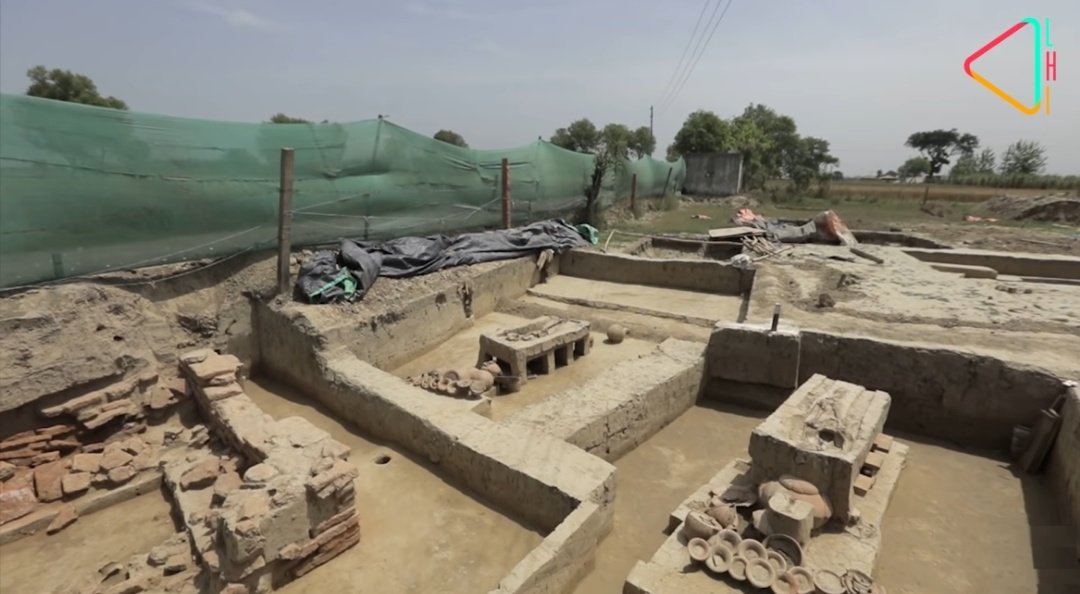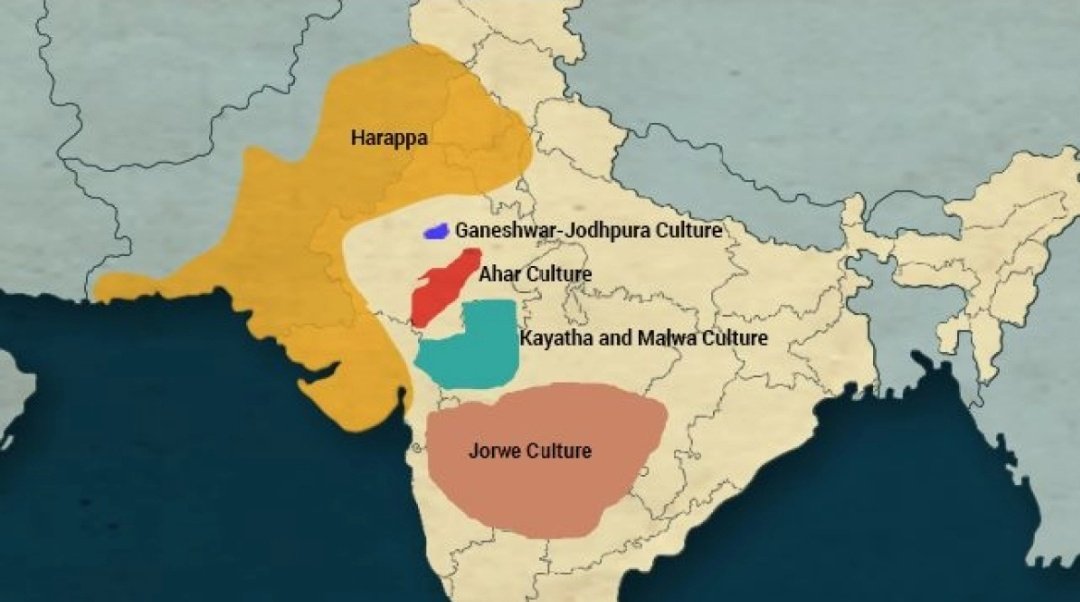The story of these often forgotten ‘others’.
livehistoryindia.com/history-of-ind…
The burials in Inamgaon give us some great insights into the life and beliefs of the ppl who lived in this area over 3,000 years ago. Grains found in the vessels along with the burials also give us a sense of what they ate.
While #Kashmir falls out of the purview of Chalcolithic cultures discussed here, mention has to be made of the site of Burzahom, which was also contemporary to the #Harappans
This settlement coincides with the Late Harappan period. Sanauli yielded evidence of a ‘royal’ burial site and chariots that may have been pulled by horses, in May 2018.
In pic : Sanauli excavation site
#Livehistoryindia

Read full story at livehistoryindia.com/history-of-ind…














